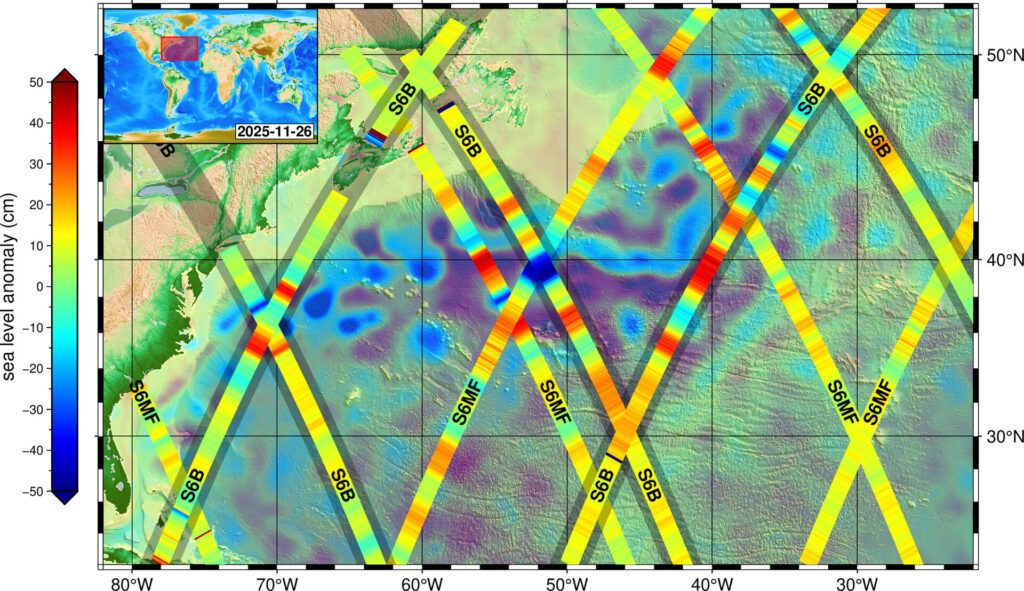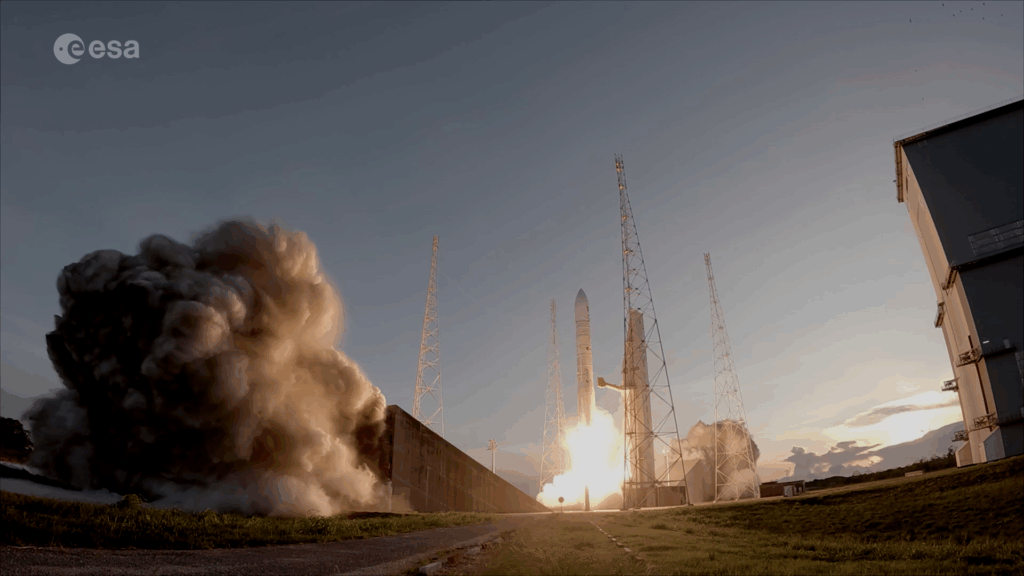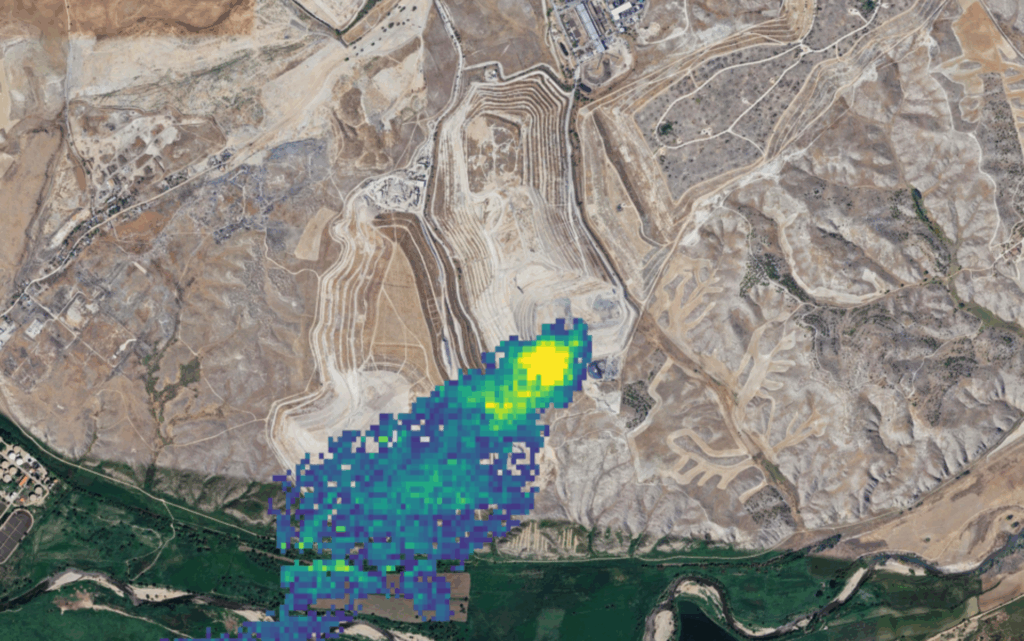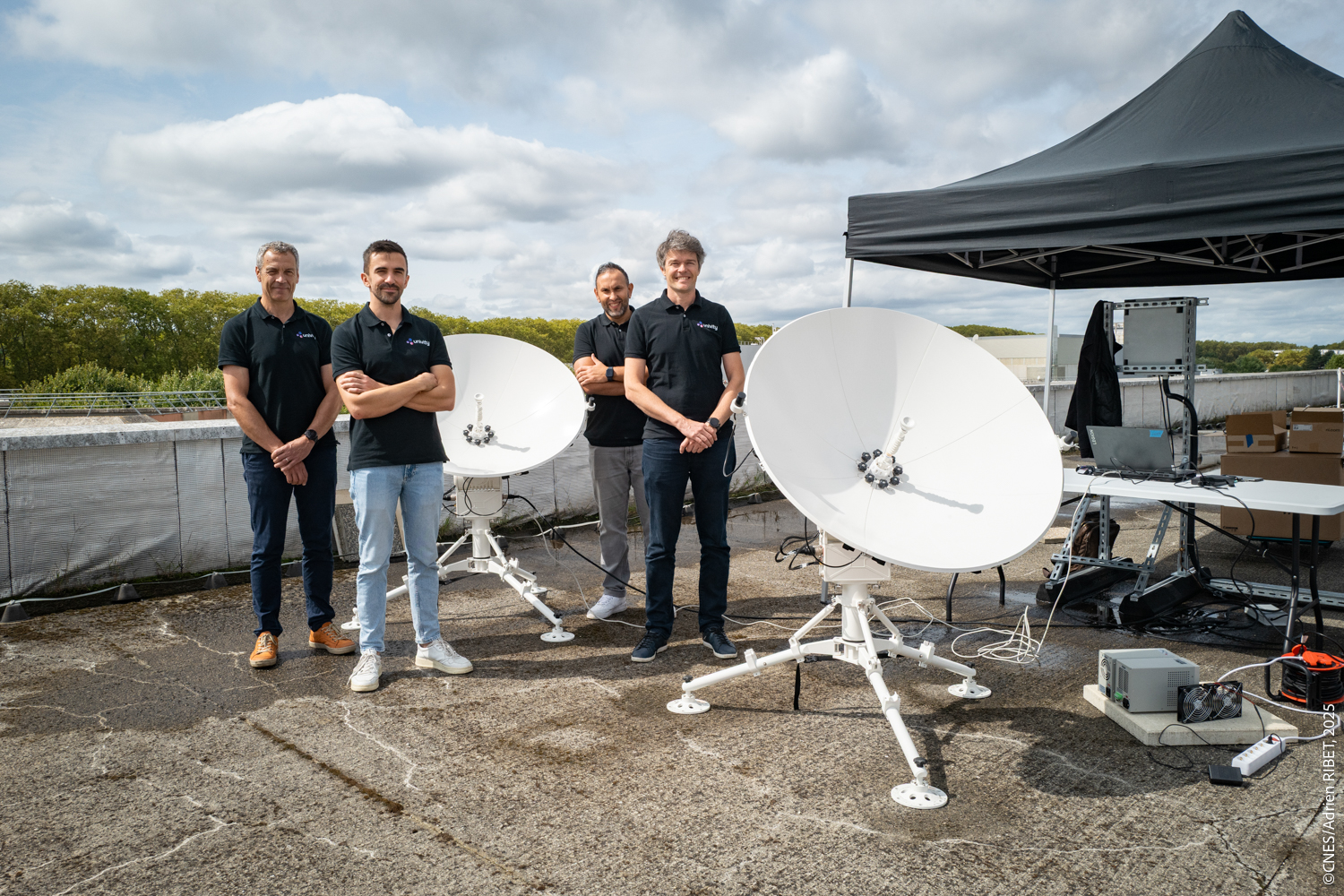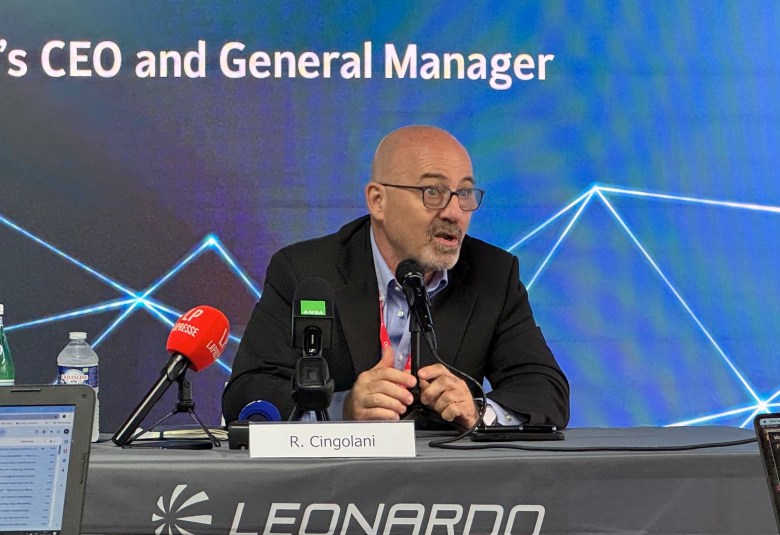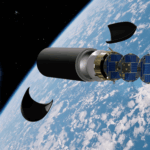Now Reading: Condensation defying gravity
-
01
Condensation defying gravity
Condensation defying gravity
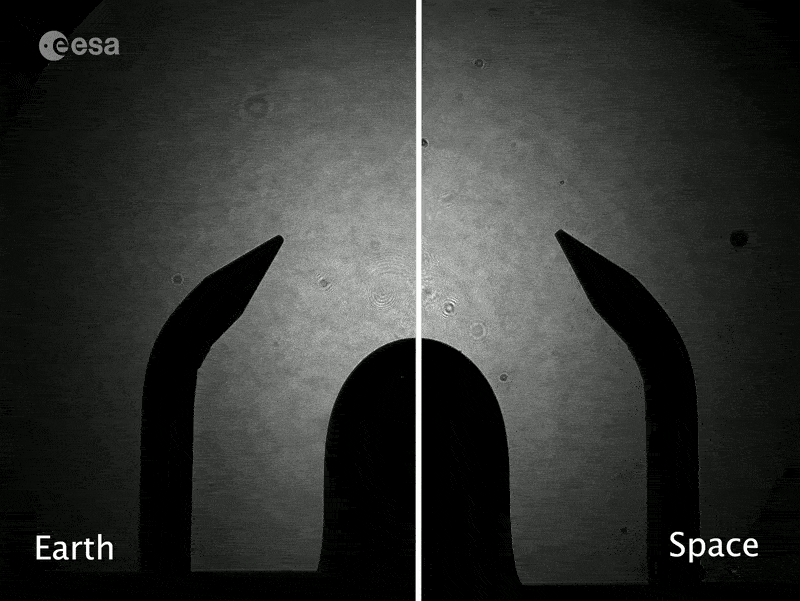

23/10/2025
473 views
10 likes
From dew at dawn to a foggy mirror after a shower, condensation is part of our daily lives on Earth. In space, microgravity alters how heat flows through gases and liquids, a potential enemy for spacecraft electronics needing to cool down in extreme environments.
For the first time, a European experiment is now looking at the shape liquid films take on cooled surfaces aboard the International Space Station. A fin-shaped metal is in the spotlight for scientists to better observe fundamental aspects of condensation.
The Condensation on Fins experiment is pioneering heat transfer tests in orbit to study the role of capillary pressure – the force that pulls liquids through tiny spaces, like water climbing up a paper towel – during film condensation, all without gravity getting in the way.
Whilst this is fundamental physics research to refine mathematical models, the results will have practical applications, such as cooling electronics in smartphones and computers, and optimising industrial coating processes on our planet.
Space missions could also benefit from more efficient heat exchangers to maintain electronics and life support systems at the right temperature.
The fin factor
Refrigerators, air conditioners and radiators use tiny metal fins for a more efficient heat transfer between fluids and gases. The fin shape is also critical for space experiments.
“We are looking for the best fin shape to maximise heat transfer,” says Brice Saint-Michel, ESA project scientist for this experiment.
The one-centimetre-tall fin made of aluminum alloy gradually becomes soaked with a low surface tension refrigerant – this volatile fluid can evaporate or condense with little heat. The liquid drains and puddles at the foot of the fin, where a sponge-like material and a pump draw it away.
“Microgravity conditions allow us to use a large fin without being disturbed by gravity drainage and vapour convection. It is then much easier to see if liquid films take a different shape,” explains Balazs Toth from ESA’s low Earth orbit payload team.
Keep cool and carry on
Greyscale footage shows how vapour condenses on the ground (left) and on the International Space Station (right). The footage is sped up five times – the whole clip took around one minute in real time.
On Earth the liquid puddles at the foot of the fin, whereas in microgravity the liquid accumulates on the entire fin surface.
“The liquid seems to be attracted to cold surfaces as a safe place to go, unlike what happens with heat transfer on Earth,” says Andrey Glushchuk from the Centre for Research and Engineering in Space Technologies (CREST) at the Université Libre de Bruxelles, Belgium.
“Any thermal system designed with ground standards won’t work in microgravity. We need to create new designs with novel concepts in mind,” he adds.
The two pointy fingers on each side are part of the experiment as reference objects for calibration. They are made of thermally stable nickel-iron alloy. During every run, the condensed liquid is continuously drawn by a sponge-like material at the foot of the fin, pumped, and re-evaporated in a closed loop.
A high-precision interferometer records the temperature and vapour concentration changes around the fin, as well as tracking the liquid film thickness.
Theoretical models flying high
Similar experiments on heat transfer have been enjoying brief bursts of microgravity during parabolic flight campaigns over the last two decades. Knowledge from those flights helped the science team develop a technique to precisely measure the liquid film distribution.
“We needed the constant microgravity conditions of the International Space Station; nowhere else could we have achieved this level of stability, accuracy and high resolution in our measurements,” says Andrey.
The scientific community works with several theoretical models to predict how condensation rates would evolve depending on the liquid film thickness distribution. “We want a formula that applies to all, and this is the first time we have had a wealth of data to consolidate it,” adds Carlo Saverio Iorio, head of CREST at the Université Libre de Bruxelles.
New space facility for heat transfer
The Condensation on Fins experiment is part of a larger round of tests on heat transfer in gases and liquids.
It all happens inside the new Heat Transfer Host 2 facility, installed on 30 September 2025 after its delivery on the 23rd Northrop Grumman cargo resupply mission to the International Space Station.
This waist-high module sits within the European Drawer Rack-2 as the latest upgrade for the European Columbus laboratory on the Space Station.
The facility is working flawlessly, and its design allows for experiments to be slotted in and run autonomously.
Following this first condensation study, the campaign will continue with a Marangoni in films experiment, focused on instabilities in evaporating liquid films.
Stay Informed With the Latest & Most Important News
Previous Post
Next Post
-
 012024 in Review: Highlights from NASA in Silicon Valley
012024 in Review: Highlights from NASA in Silicon Valley -
 02Panasonic Leica Summilux DG 15mm f/1.7 ASPH review
02Panasonic Leica Summilux DG 15mm f/1.7 ASPH review -
 03From Polymerization-Enabled Folding and Assembly to Chemical Evolution: Key Processes for Emergence of Functional Polymers in the Origin of Life
03From Polymerization-Enabled Folding and Assembly to Chemical Evolution: Key Processes for Emergence of Functional Polymers in the Origin of Life -
 04How New NASA, India Earth Satellite NISAR Will See Earth
04How New NASA, India Earth Satellite NISAR Will See Earth -
 05And Thus Begins A New Year For Life On Earth
05And Thus Begins A New Year For Life On Earth -
 06Astronomy Activation Ambassadors: A New Era
06Astronomy Activation Ambassadors: A New Era -
07SpaceX launch surge helps set new global launch record in 2024












